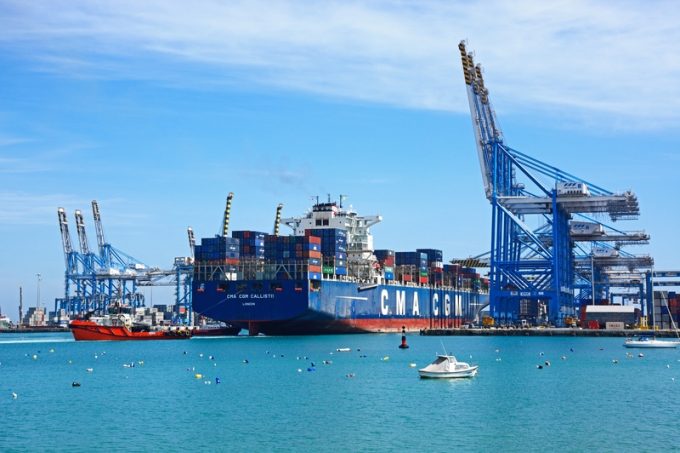Where will the freighters go as capacity shifts from tariff-hit China-US lane?
Cargo airlines are scrabbling to find new markets as capacity becomes available following the end ...

Further evidence that Asia-North Europe shippers now have fewer booking options and must live with longer transit times than ever before came from new Alphaliner analysis today.
Notwithstanding myriad complaints from shippers relating to poor schedule reliability, blanked sailings and increased transhipment, the consultant’s data would appear to dispute yesterday’s assertion by the World Shipping Council that its members were offering “better efficiencies, greater port connectivity and higher service levels”.
According to Alphaliner research, in the past 10 years the number of ...
Keep our news independent, by supporting The Loadstar
Volume surge and an early peak season? 'Don't celebrate too soon,' warning
Container spot rates diverge: to Europe still falling, but firmer to the US
Hapag-Lloyd won't take bookings if port congestion leaves cargo stranded
Ecommerce likely the front-runner in resurge of transpacific trade after deal
China-US trade tariff pause could drive a rebound for transpacific rates
Service chaos from trade ban with India a problem for Pakistan shippers
Airfreight rates ex-China 'loss-making', but hopes of a trade deal stay high
Shippers should check out the 'small print' in China-US tariff cuts
Carriers impose 'emergency operation' surcharges on Pakistan cargo
Serious threat to jobs in US logistics as tariffs cause economic 'stagflation'
15% rebate for box ships as Suez Canal Authority woos carriers
White House u-turns see freighters flying but keep logistics players on their toes
MSC in terminal switch as Nhava Sheva gets strong start to new fiscal year
Peak season or recession? Forwarders and shippers need to 'stay flexible'
Volga-Dnepr claims 'pirate' Canada has 'hijacked' its stranded aircraft

Comment on this article